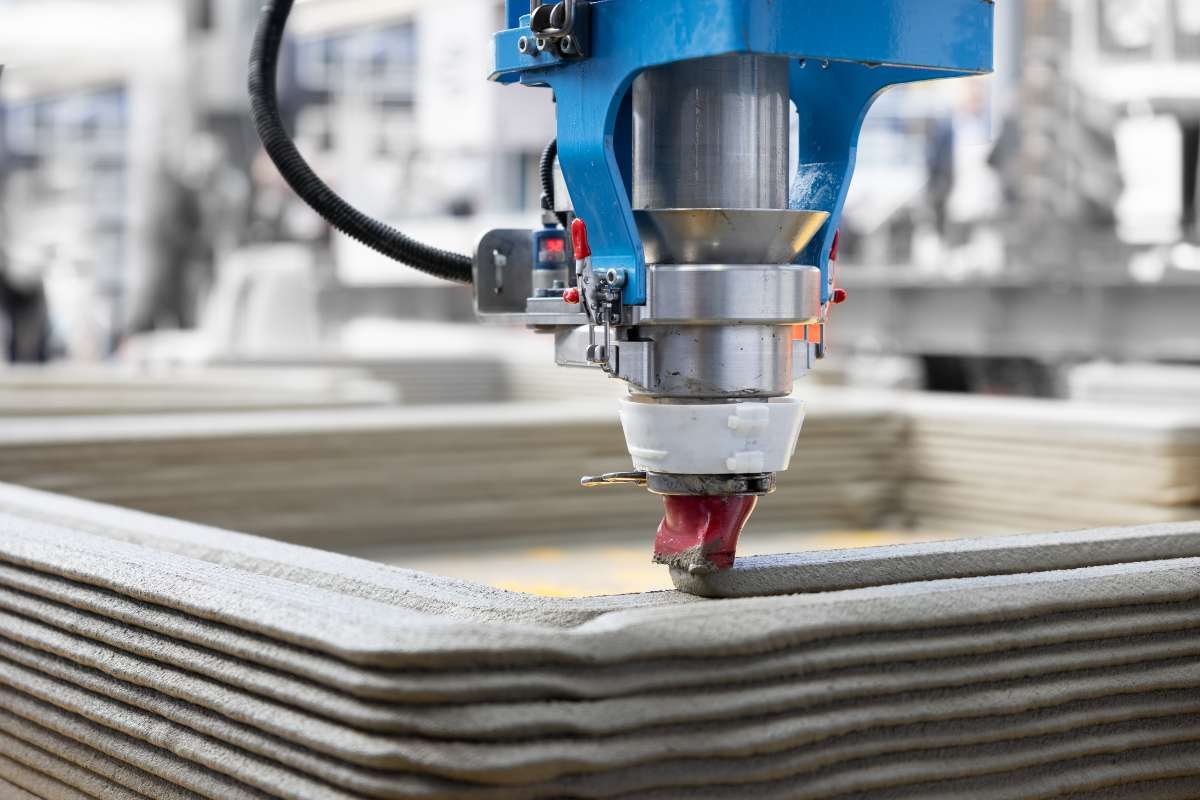For many women, getting to an endometriosis diagnosis can be a long and painful journey. Invisible from the outside and only diagnosed after surgery, it is grossly under-researched and is more often than not misdiagnosed, resulting in women enduring an ongoing, endless battle for an answer to their pain.
It is an unfortunate truth, however, that to get an endometriosis diagnosis women must engage in endometriosis self-advocacy. It is easy to feel disheartened when the symptoms and pain caused by endometriosis permeate every aspect of your life, and the answers are not forthcoming. During these times it is important to remember that the pain, issues and symptoms you are facing are real and that advocating for yourself or sometimes seeking help from professionals beyond your immediate care team such as psychologists or from those who hold the requisite qualifications like a Masters in Healthcare Leadership can be of benefit.
In this guide we will go through the top ways for endometriosis self-advocacy – but first, we dive a little deeper into what endometriosis is to better understand the need for self-advocacy.
What is endometriosis?
Endometriosis is a progressive, chronic condition that worsens over time. When the body tissue lining the uterus (endometrium) grows in the pelvis or other parts of the body, it can lead to pain, inflammation, and scarring, causing organs to stick together (adhesions).
Endometriosis can be very painful, affect fertility, and interfere with your education, work or sporting life. In Australia, approximately 1 in 9 females develop endometriosis and it causes thousands of hospitalisations every year. Symptoms may include;

- Abdominal or pelvic pain before or during your period, during or after sex or when using the toilet
- Heavy periods or irregular bleeding sometimes with clots
- Bleeding from bladder or bowel
- The need to urinate more often
- Bloating
- Tiredness
- Issues with fertility
Because these symptoms can be confused with other diseases or issues, getting to an endometriosis diagnosis can take significant time. The average time for a diagnosis in Australia is seven years, meaning endometriosis self-advocacy becomes a vital part of the healthcare journey.
Methods for endometriosis self-advocacy:
Feeling a loss of control over your life when in pain is normal. Endometriosis self-advocacy is one way to take back control, life self-esteem and speak up for yourself and for your body. Some ways you can self-advocate include;
Seek the truth through knowledge
Knowledge is power, and having the right information at hand can be an empowering tool.
While in the midst of trying to get answers to your pain, it can be difficult to get the right information from all the sources available to you. It can also be overwhelming when conflicting advice is provided, so it is always important to ensure you consume information from reputable sources such as your ongoing healthcare team or advocacy groups such as Endometriosis Australia.
Express self-belief
It is an unfortunate truth that women with endometriosis have often had a less than stellar experience when attempting to get a diagnosis. Being misdiagnosed or completely dismissed as having nothing more than a ‘painful period’ is a common story among those suffering endometriosis, which will often lead to feeling disappointed and disheartened.

What is within your control however, is belief in yourself and the ability to acknowledge that the issues you are experiencing are serious and are impacting your life. Listen to your body and yourself, and if the current healthcare team you are with will not listen, find health professionals who are supportive and empathetic to your illness.
Build your support network
Creating a supportive network around yourself is important under any circumstance, but with endometriosis it is vital.
Surrounding yourself with people who are understanding and empathetic towards your pain will help you feel nurtured and validated. Your network should extend beyond your GP and gynaecologist to include any other resource you feel is necessary, including physiotherapists, dieticians, pain management professionals and any other expert who can make your life more comfortable.
Providing friends and family with the proper knowledge they need to understand your circumstance can also help foster a strong support network. For some women, joining a support group can be an excellent way to exchange information and stories with other women experiencing the same symptoms.
Be kind to yourself
Being kind to yourself is one of the best, and possibly hardest, steps to take for successful endometriosis self-advocacy.

If you need to take a break while experiencing any painful symptoms, don’t feel guilt or shame about it. If you are upset because you cannot partake in activities you used to, stay positive and know that while the endometriosis road may be long and winding, you will find ways to manage it, gain an understanding of what works best for you and you will build a network to support you. And if you are ever feeling particularly down, reach out to those who nurture, love and understand you.
Also read: Osteoporosis Care Plan: A Comprehensive Guide To Managing Bone Health









